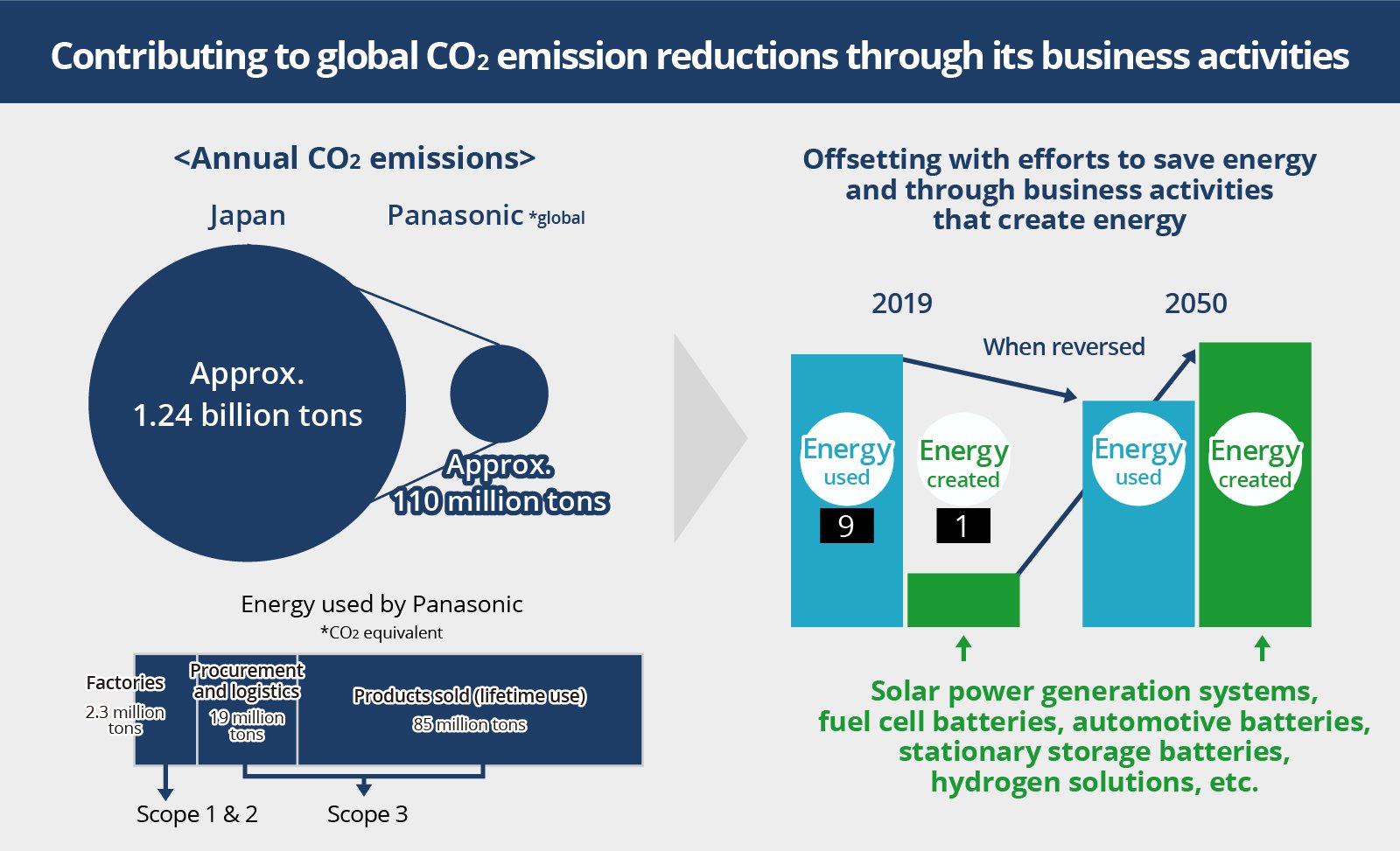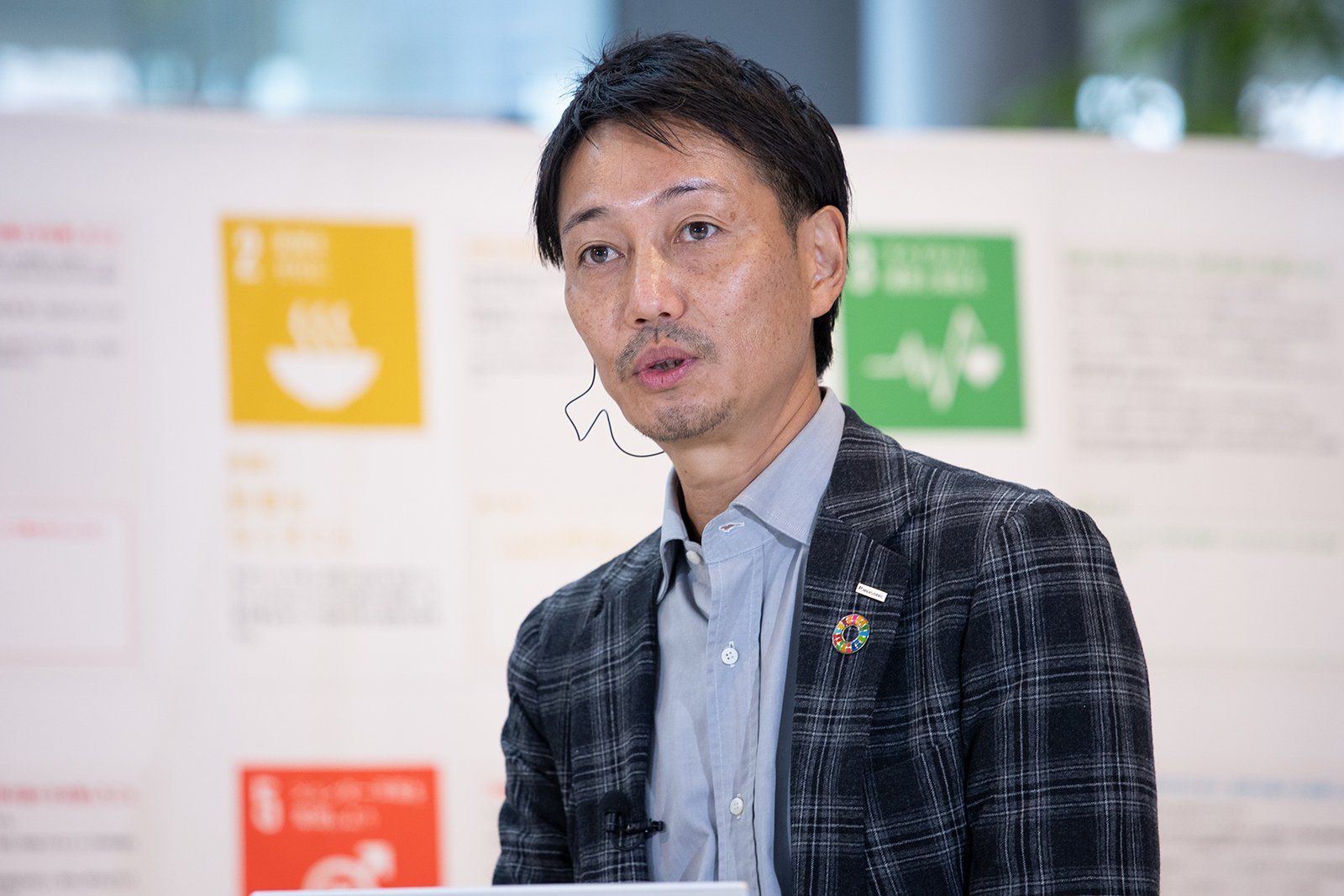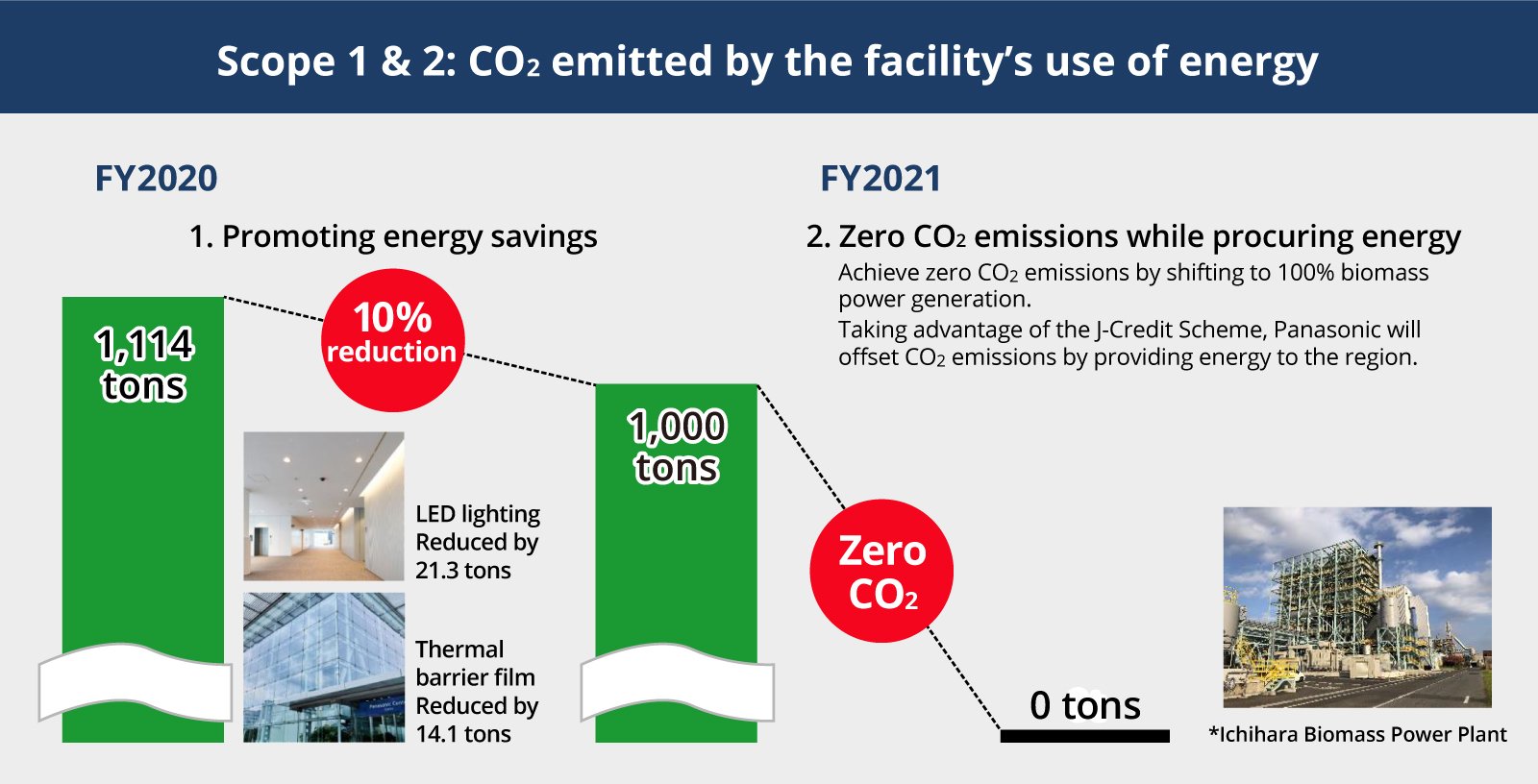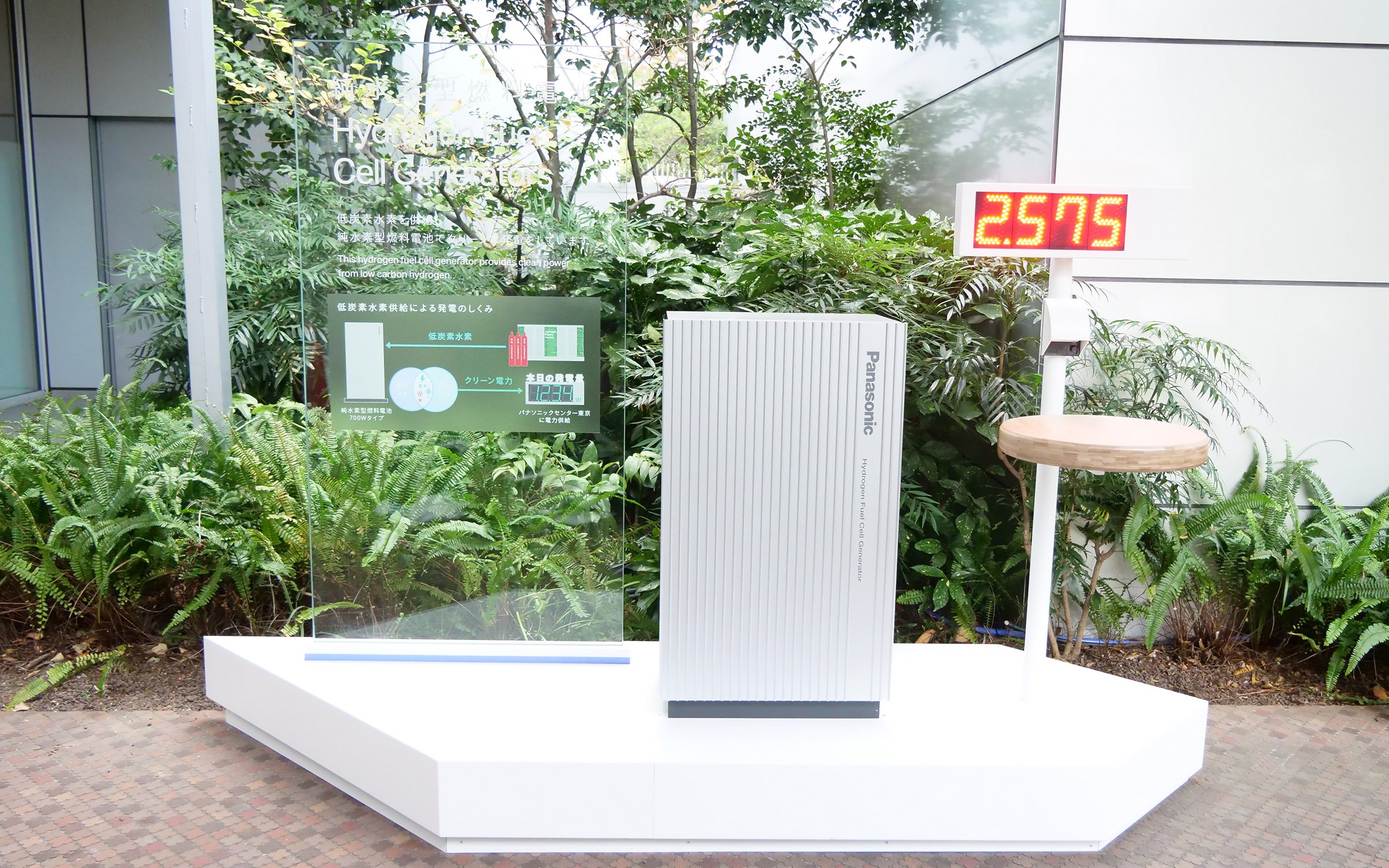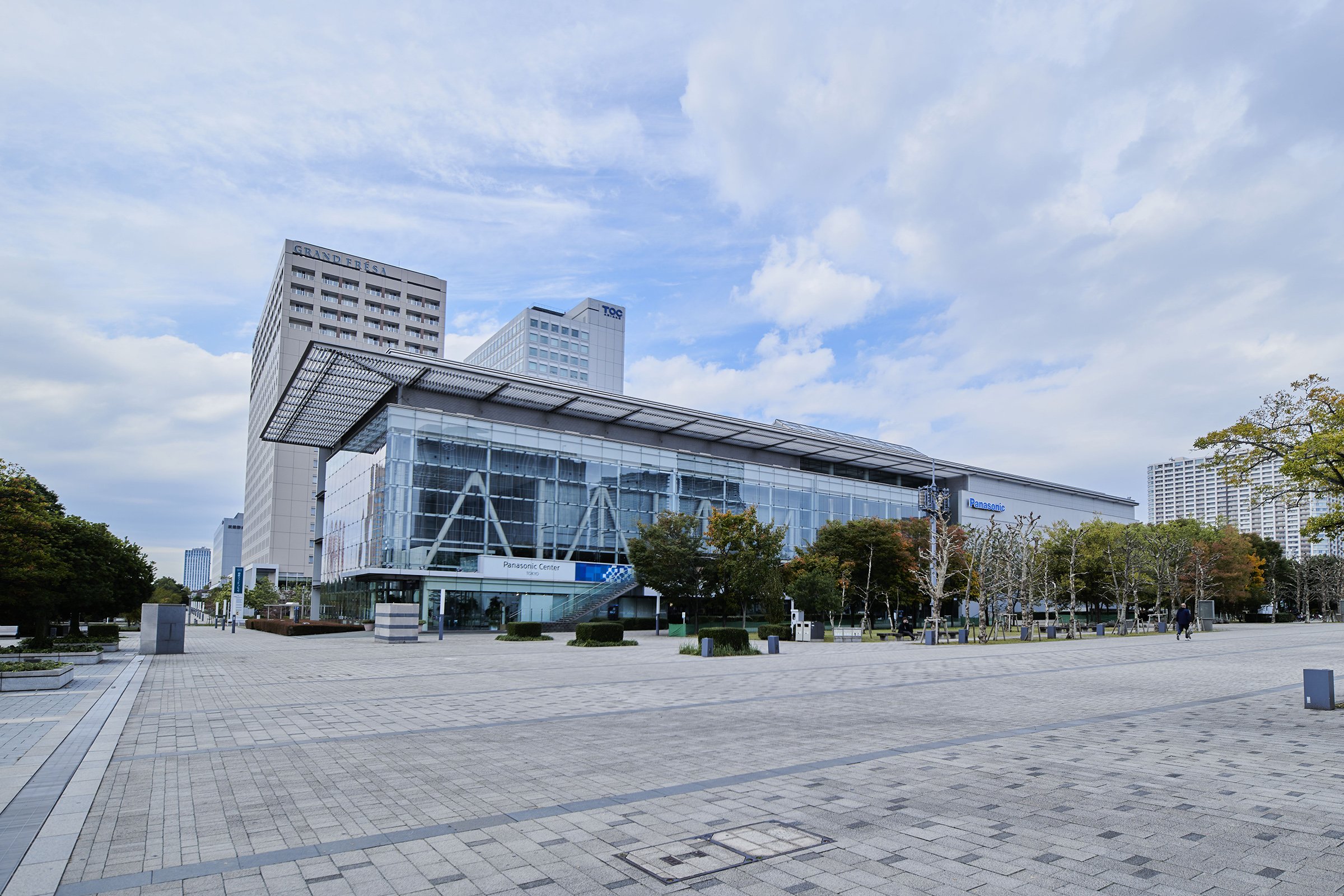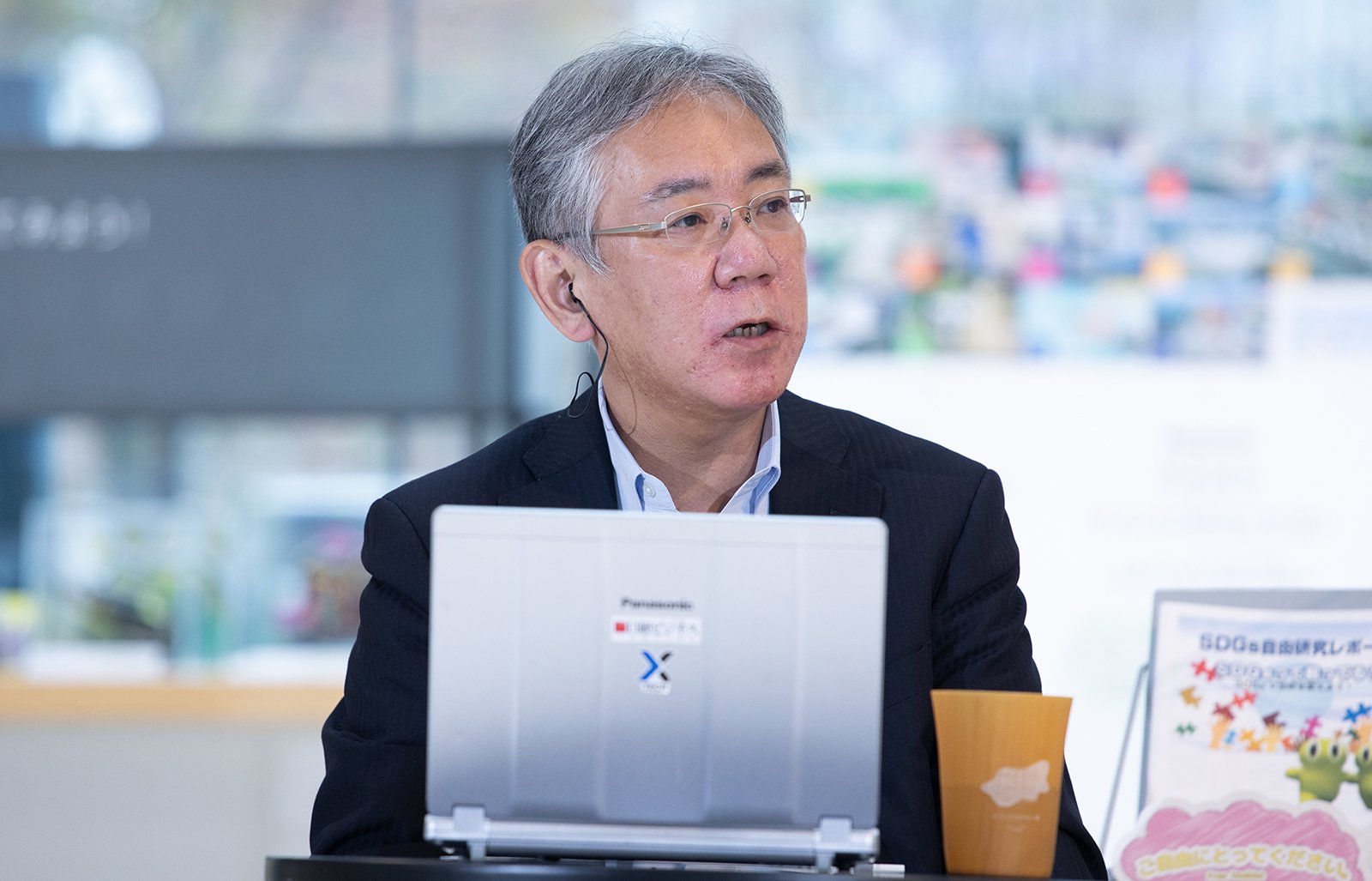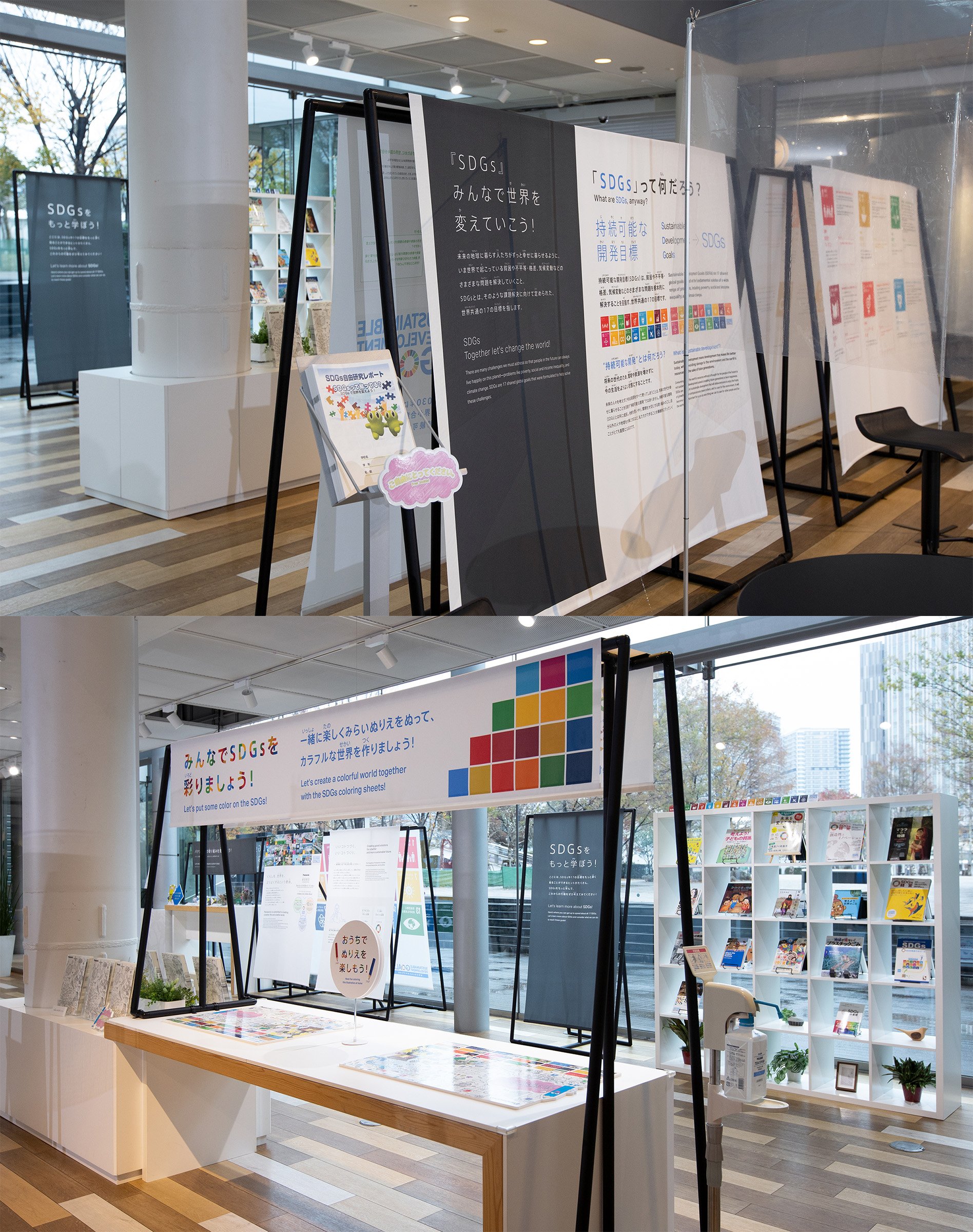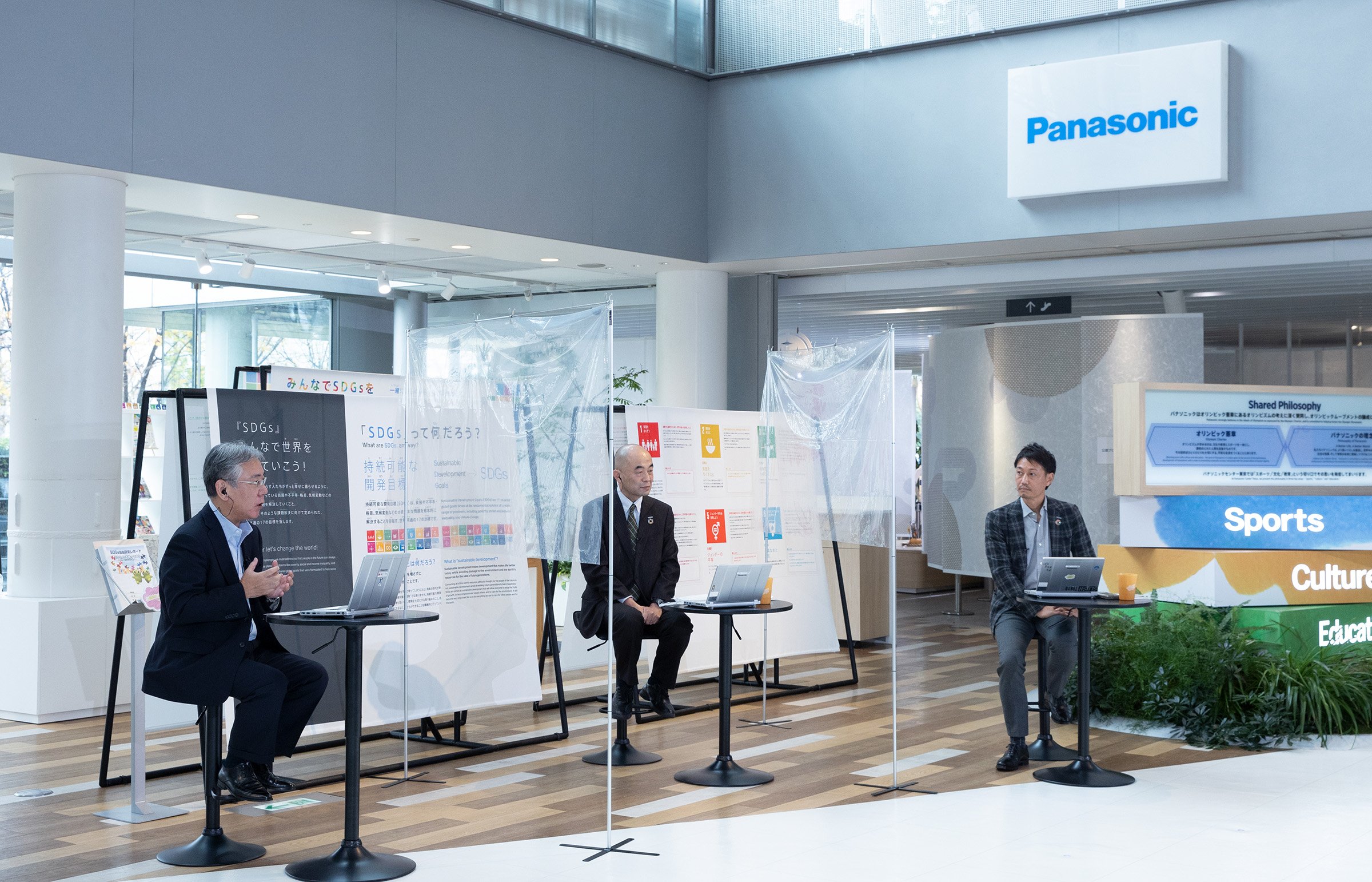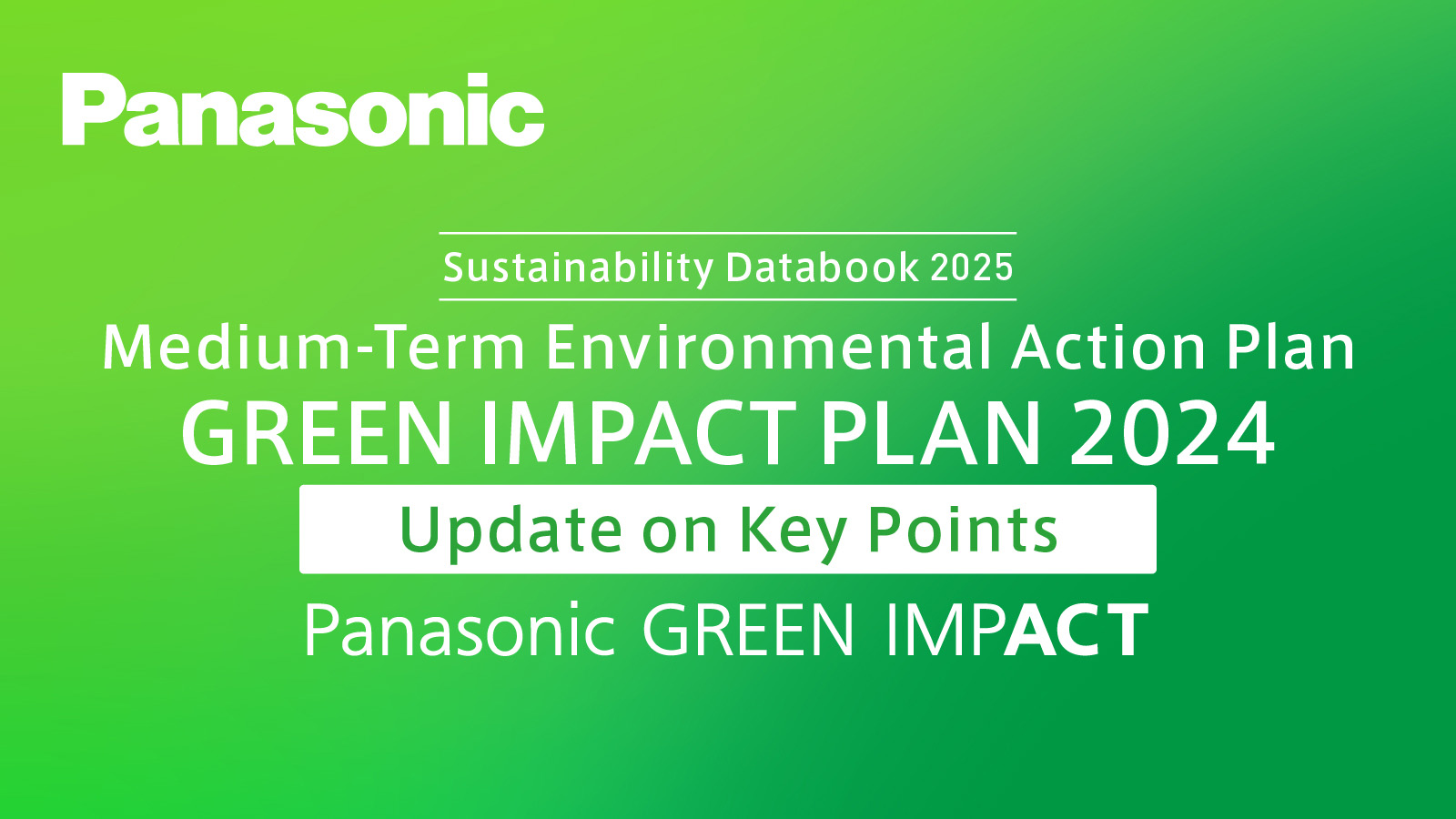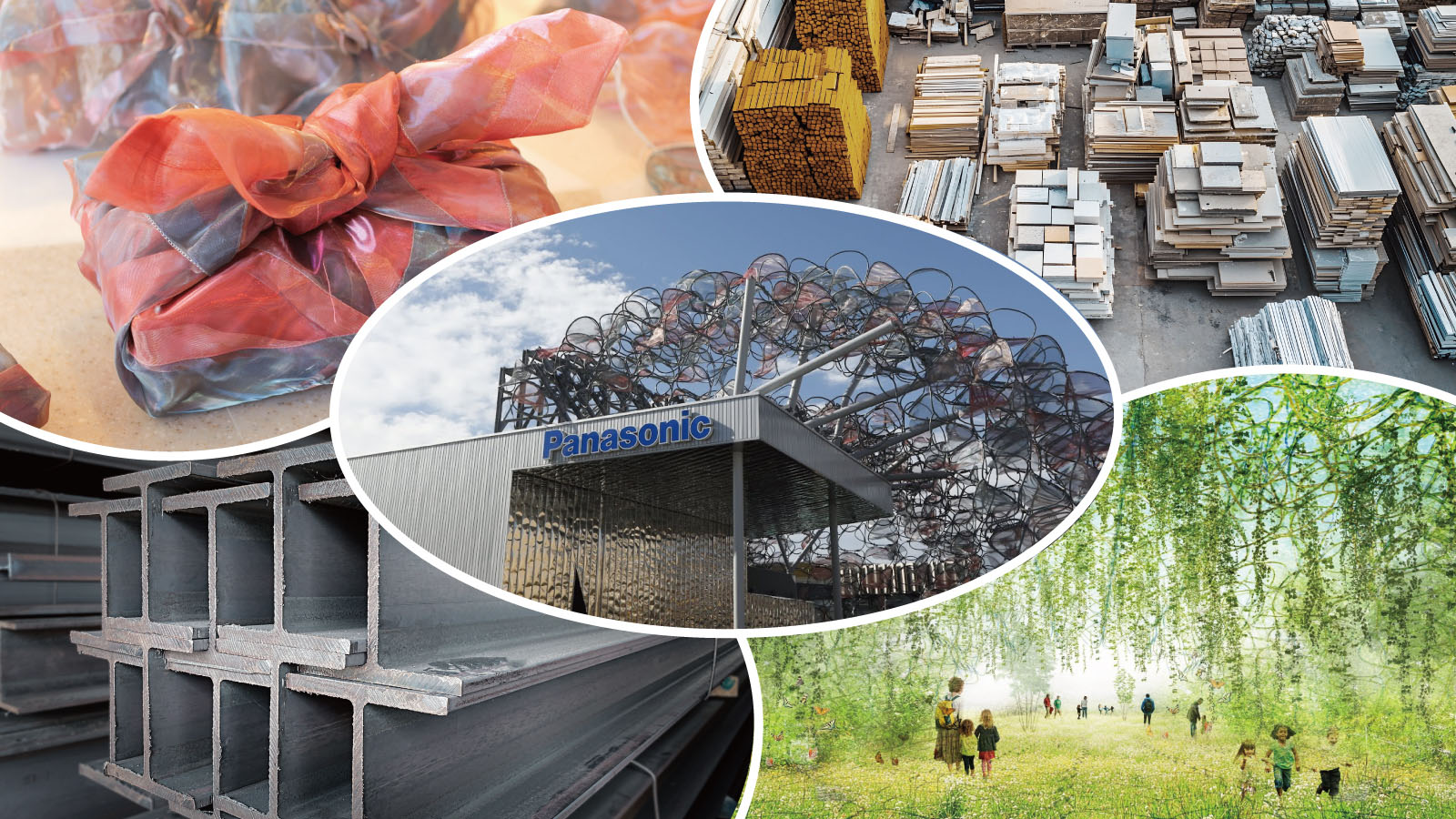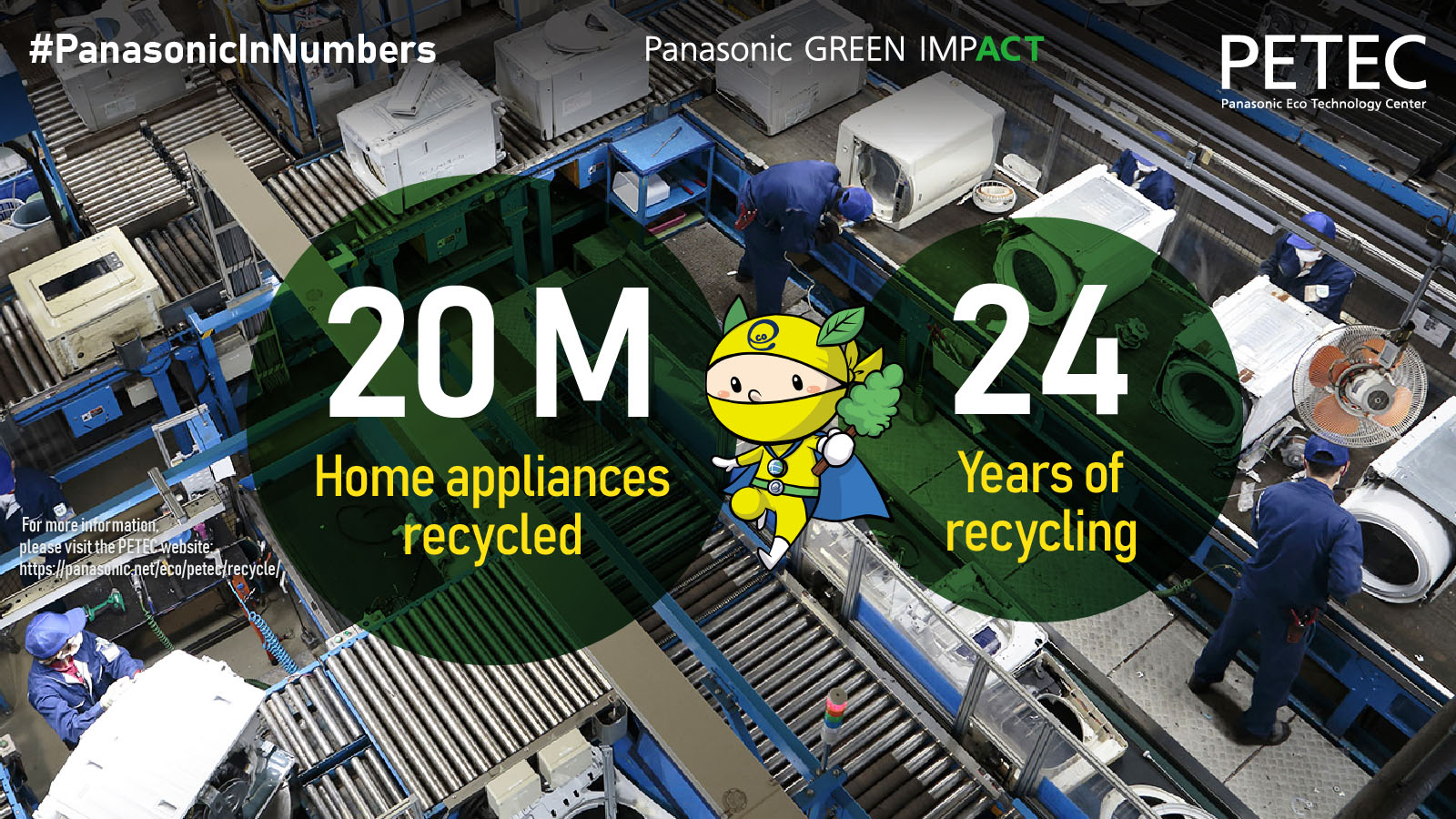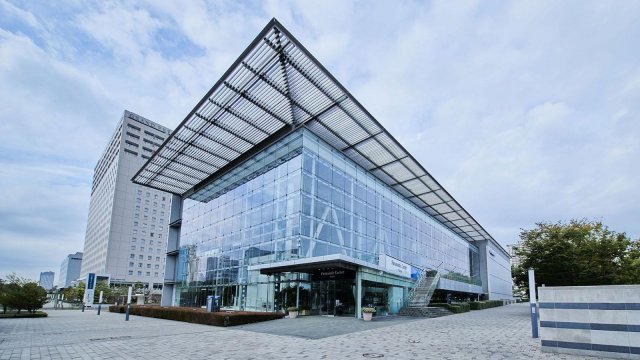
The creation of a decarbonized society is essential to achieving the Sustainable Development Goals (SDGs). As such, increasingly more companies are attempting to become carbon neutral. Panasonic has been addressing environmental issues for quite some time. Its factories in four countries around the world are carbon neutral, and so is its non-manufacturing hub, its flagship showroom in Ariake Tokyo. How will Panasonic overcome the challenges that all companies living in the 21st Century face? Representatives from Panasonic introduced Panasonic's initiatives during the online seminar.
Summary
- In November 2020, Panasonic held an online seminar on its "Carbon Neutral Initiatives."
- During the seminar speakers introduced the highlights of Panasonic's Environment Vision 2050 and Panasonic's efforts to achieve zero CO2 emissions and carbon neutrality.
- Panel discussions under four themes were held during the latter half of the seminar to dig deeper into Panasonic's leading-edge initiatives.
- Panasonic described its loadstar for realizing a prosperous future for decades to come.
Four carbon neutral factories around the world
Among companies in Japan, Panasonic is well-known for its long-term commitment to environmental sustainability. This commitment is underlined by the founder, Konosuke Matsushita's believe that "a company is a public entity of society." It would be nonsensical for industrial activities to wreak havoc on the environment and as a result detract from people's happiness. The founder's philosophy continues to live on; In June 2017 Panasonic formulated the "Panasonic Environment Vision 2050." To realize both a better life and a sustainable environment, Panasonic aims to use less energy than it creates.
With this philosophy in mind, Panasonic is undertaking various initiatives to support the achievement of the SDGs. During the "Carbon Neutral Initiatives" online seminar held in November 2020, representatives introduced the Panasonic Environment Vision 2050 and the company's efforts to reduce CO2 emissions to zero, to achieve carbon neutrality.
First, Shoji Kusumoto talked about the Panasonic Environment Vision 2050. He explained that "This vision applies not only to manufacturing activities, but to procurement, logistics, and the use of products by our customers." In 2019 the ratio between the energy used and energy created was 9:1, but by 2050 Panasonic aims to reverse this ratio.
Shoji Kusumoto
Director
Environmental Management Department
Quality & Environment Division
Panasonic Corporation
Globally, Panasonic emits 110 million tons of CO2 each year. This amount, most of which is emitted by products Panasonic has sold, represents nearly 10% of the CO2 emitted by Japan as a whole. To reduce CO2 emissions, Panasonic will reduce the energy used during manufacturing and create more energy. One way of reducing the energy used is to promote carbon neutral factories. More specifically, Panasonic has replaced the lighting with LEDs, installed solar power generation systems and storage battery systems, and is promoting the use of clean energy and FEMS (Factory Energy Management Systems).
Panasonic's plans to reduce its CO2 emissions from its current level, which is equivalent to 10% of CO2 emitted by Japan as a whole.
As a result, Panasonic has achieved carbon neutrality in its factories in four countries--in Japan, Belgium, and Brazil in FY2019 and in Costa Rica in FY2020. The factory in Japan is the Panasonic Eco Technology Center (PETEC), Panasonic's home appliance recycling center located in Kato City, Hyogo Prefecture. According to Mr. Kusumoto, "In Costa Rica's Panasonic Centroamericana we started by taking sure and steady steps. But eventually it blossomed into a collaboration involving the Costa Rican government and the national utility company. The partnership has expanded in scale; We are now supplying renewable energy and are being provided solar panels."
Next, Alex Ikenouchi talked about efforts to achieve carbon neutrality in Panasonic's flagship showroom, "Panasonic Center Tokyo" located in Ariake, Tokyo.
Alex Ikenouchi
Director
Panasonic Center Tokyo
Groupwide Brand Strategy Division
Panasonic Corporation
The Ministry of the Environment has defined CO2 and other greenhouse gases emitted during procurement of raw materials, manufacturing, shipping, sales, and disposal, etc. as "supply-chain emissions." Supply-chain emissions are divided into 15 categories including scope 1 which are gases directly emitted by Panasonic, scope 2 which are gasses indirectly emitted by the use of energy supplied by other companies, and Scope 3 which are gases emitted by other activities including during employees' commute.
Panasonic Center Tokyo has become a zero-CO2 showroom by taking action in two phases; First phase is covered in Scope 1 and 2, the second phase in Scope 3. Based on initiatives stated in Scope 1 and 2, Panasonic has been able to cut its showroom's CO2 emissions. From FY2019 to FY2021, the showroom has taken steps to achieve energy savings which include changing to LED lighting and applying thermal barrier film. These efforts have reduced CO2 emissions by 10%.
Furthermore, to reduce the CO2 emitted by the energy procured, Panasonic will shift to 100% biomass power generation and offset carbon by utilizing the J-Credit Scheme and providing energy to the region. And from January 2021 the showroom will begin testing the pure hydrogen fuel cell generator which produces clean energy to get one step closer to carbon neutrality. Using the 700 W type prototype to be introduced to the market after 2022, the showroom will create clean energy to power its activities.
With Scope 3, Panasonic has transformed the showroom operation and the way their employees work. One example is the reduction of CO2 emissions during movement.
"Last year, customers came to the showroom and so did our employees, but due to COVID-19, the online shift has accelerated and 30% of our events are now held online. At the same time, 50% of our employees are working from home. Both of these efforts are helping to reduce CO2 emissions by approximately 68 tons," explained Mr. Ikenouchi.
Providing 100% renewable energy to employees
Shigenori Jinbo, Senior Fellow of Nikkei BP Intelligence Group moderated the panel discussion during the second half of the seminar.
When Mr. Jinbo asked, "What was most difficult about achieving carbon neutrality?" Mr. Kusumoto answered.
"The biggest challenge was cost. No one was against the vision, but people tend to be hesitant about making an environmental investment that takes 10, 20 years to recoup. This is because factories fixate on even saving 0.1 yen. This is a strength for a manufacturing company, but it can also be difficult when embarking on this kind of initiative.
"Another challenge was the lack of a one-size-fits-all methodology. Depending on the characteristics of the region, what the factory is manufacturing, and its scale, the optimal combination changes. Moreover, there are increasing number of uncertainties in this day and age, so requirements also change depending on the time frame.
"But there are projects like Costa Rica which are quite enthusiastic. Mr. Jorge Sanchez learned about Panasonic's carbon neutral initiatives during his visit to Japan for training and took those ideas home. This is how the Costa Rica project came about. The local company President was also enthusiastic and in just two years, they had gained government support for the project. In 2019, the President and the First Lady came and visited the Panasonic Center Tokyo, and their kind understanding for Panasonic's commitment to the environment played a role in making this project possible.
"What is also great is that they are taking the time to ensure that each employee and even their family members share in the vision. They are also giving back to the local community. Everyone involved is promoting this project with pride, and they remain highly motivated. The combination of dedicated individuals and management support is one way to ensure a project's success."
The next theme was "The use of hydrogen, which holds the key to next generation energy." Panasonic will begin selling the 5 kW and 700 W pure hydrogen fuel cell generators which generate power using hydrogen from 2021 and 2022 respectively. In addition to mono-generation models that only generate power, Panasonic will also offer a co-generation model that will also use heat at the same time.
The biggest feature is that this solution can simultaneously control multiple pure hydrogen fuel cell generators. This enables the management of both the 700 W model for homes as well as large scale models. According to Mr. Kusumoto, "This can help realize distributed energy." After the Tokyo 2020 Olympic and Paralympic Games, the area called "HARUMI FLAG" where the Olympic village will be located, will be equipped with a hydrogen infrastructure, so full-fledged social implementation is right on the horizon.
The third theme was on "Communicating about the SDGs to the younger generation." Mr. Ikenouchi noted that "Millennials and Generation Z have different sets of values than we do. And it's also a challenge to work out how best to talk to grade school and junior high school students." Then he went onto describe the online seminars for youths Panasonic organizes to promote the SDGs.
This is the SDG corner at the Panasonic Center Tokyo. Here, Panasonic is introducing various activities it undertakes to realize a sustainable society as well as fun content and exhibits that will help children deepen their understanding about the SDGs.
"Young people already have an understanding about the SDGs, so a direct approach describing what SDGs are will not work. That is why we changed our approach and are organizing the 'Your Imagination and Creativity Will Light Up the World' online campaign which focuses on 'people's kindness' to discuss about the SDGs until December 27, 2020. Some themes may not seem directly related to the SDGs, but once they begin to dig deeper, they will see that it is actually interlinked. We have seen that younger generations feel and understand the importance of the SDGs if introduced through issues closer to them," said Mr. Ikenouchi.
The fourth theme was on Panasonic's new CO2 free initiatives. This involves using "Non-fossil Fuel Energy Certificates" given as proof that the electricity comes from renewable energy sources to provide 100% renewable energy to its employees. This project has also been well received by Panasonic's employees and both Mr. Kusumoto and Mr. Ikenouchi have already signed up for the program. Moreover, the staff working in Mr. Kusumoto's department have said that they want to make the shift to renewable energy for the future of their children.
At the end of the seminar, Mr. Ikenouchi mentioned that "When we look at 2030 or even beyond, at 2050, we need to address the challenges right in front of us. I think this is our responsibility as a company that lives in this age." And Mr. Kusumoto concluded, "When you have will, knowledge, and co-creation, the possibilities are endless. We want to achieve vision, our goal by putting one foot in front of the other." As their words indicate, SDGs and zero CO2 initiatives are a strategic move to ensure a prosperous future.
# # #
Disclaimer:
We would like to note that Panasonic Newsroom is not a place to address personal Customer Service issues. Even though this is not the forum, Panasonic is always eager to resolve your concerns. Our local customer services contacts can be found at Global Support or you can see our list of Social Media Accounts to find the right channel for your queries and concerns.
Related Links
Related News
- Let's Think about SDGs and "Kindness" (Dec 03, 2020)
- A Society that Creates More Energy than It Uses (Nov 25, 2020)
- [Press Release] Panasonic Environment Vision 2050--Panasonic Center Tokyo Becomes the Company's First Zero-CO2 Showroom (Nov 17, 2020)
- Panasonic Costa Rica's Zero-CO2 Factory Driven by Multi-sector Collaboration (Nov 12, 2020)
Related Videos
Initiatives for Zero-CO2 Manufacturing and Continued Reduction of Environmental Burden


